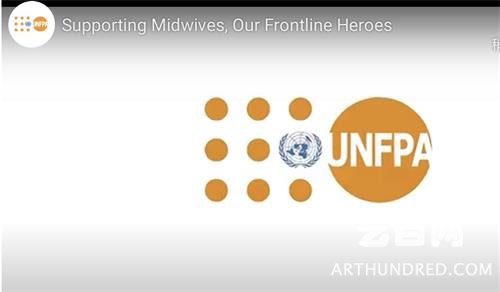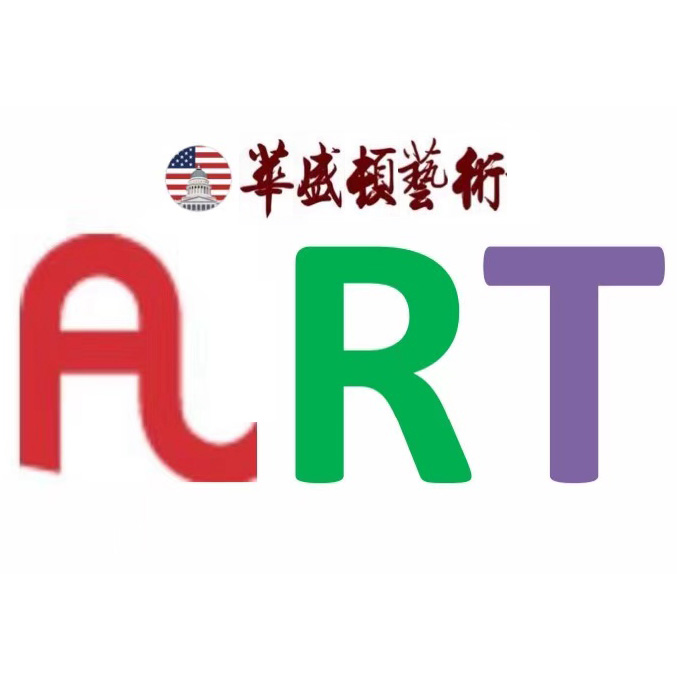The State of the World’s Midwifery (SoWMy) 2021 presents findings on the Sexual, Reproductive, Maternal, Newborn and Adolescent Health (SRMNAH) workforce from 194 countries. The report, produced by UNFPA, the International Confederation of Midwives (ICM), the World Health Organization (WHO) and Novametrics, shows the progress and trends since the inaugural 2011 edition and identifies the barriers and challenges to future advancement. The report establishes a global shortage of 1.1 million SRMNAH workers, the largest shortage (900,000) being midwives.

Investment is urgently needed in education and training; management, regulation and work environment; leadership and governance, and service delivery. Analysis indicates that fully educated, licensed and integrated midwives supported by interdisciplinary teams can deliver about 90 per cent of the essential SRMNAH interventions across the life course, yet they account for less than 10 per cent of the global SRMNAH workforce. For midwives to achieve their full potential, bold investments by governments, policymakers, regulatory authorities, educational institutions, professional associations, international organisations, global partnerships, donor agencies, civil society organisations and researchers are needed at country, regional and global levels.

《 2021年世界助产士状况》(SoWMy)介绍了来自194个国家的性,生殖,孕产妇,新生儿和青少年健康(SRMNAH)劳动力的调查结果。人口基金,国际助产士联合会(ICM),世界卫生组织(WHO)和Novametrics编制的报告显示了2011年第一版以来的进展和趋势,并指出了未来发展的障碍和挑战。该报告确定了全球110万SRMNAH工人的短缺,其中最大的短缺(900,000)是助产士。
迫切需要在教育和培训方面进行投资;管理,法规和工作环境;领导和治理,以及服务交付。分析表明,在跨学科团队的支持下,受过充分教育,有执照和综合助产士可以在整个生命周期中提供约90%的SRMNAH基本干预措施,但它们却不足全球SRMNAH劳动力的10%。为了使助产士发挥其全部潜能,需要在国家,地区和全球各级进行政府,政策制定者,监管机构,教育机构,专业协会,国际组织,全球伙伴关系,捐助机构,民间社会组织和研究人员的大胆投资。

预计包括高收入国家在内的许多国家将缺少足够的SRMNAH工人来满足2030年的需求。Covid-19减少了卫生人力的供应,尽管发生了大流行,仍需要优先考虑在安全的环境中使用SRMNAH服务。 “落后”群体需要特别注意,以确保他们从合格的从业者那里获得护理。
《世界助产士状况》分为三个部分:技术报告,194个国家/地区的每个国家/地区的概况以及相关的附件,包括补编和网络附录。

该报告的重点是提高助产服务的可用性,可及性,可接受性和质量的关键需求。尽管自1990年以来孕产妇和新生儿死亡人数稳步下降,但每年仍有数十万妇女和新生儿在怀孕和分娩期间死亡。仅在2013年,估计就有289,000名妇女和约300万新生婴儿死亡-绝大多数是由于并发症和疾病可以通过适当的产前护理和熟练的助产士在分娩过程中预防的。
(来源:联合国UNFPA)
本站责任编辑:陈妮娜







